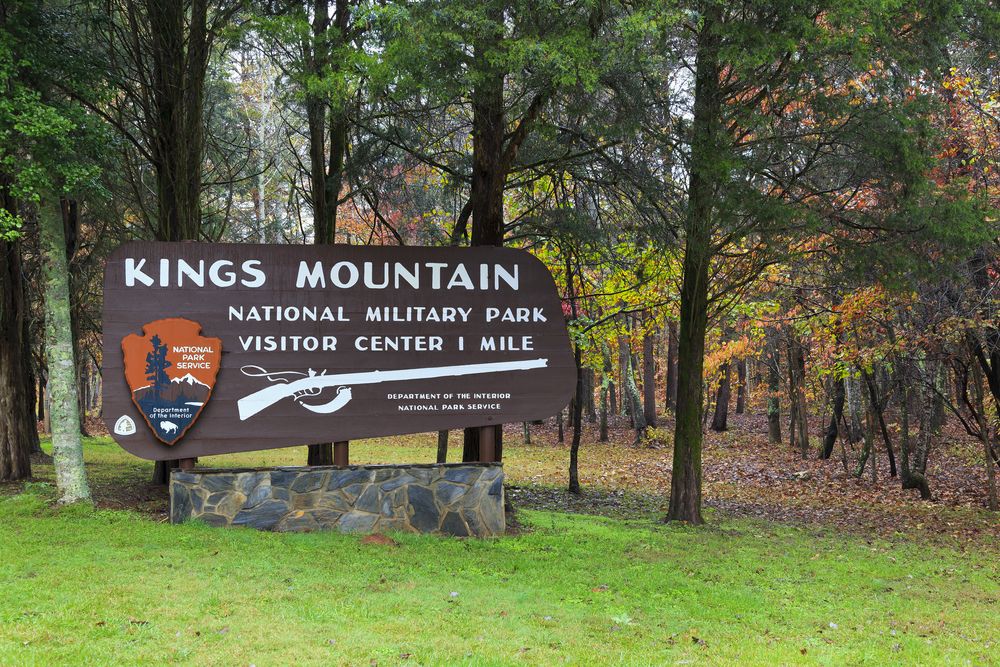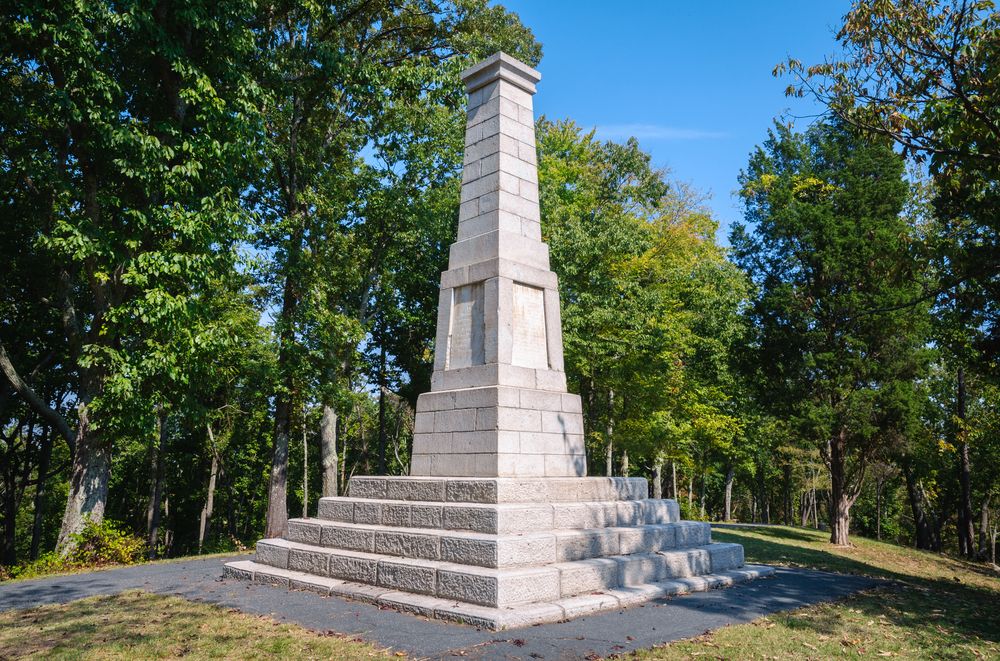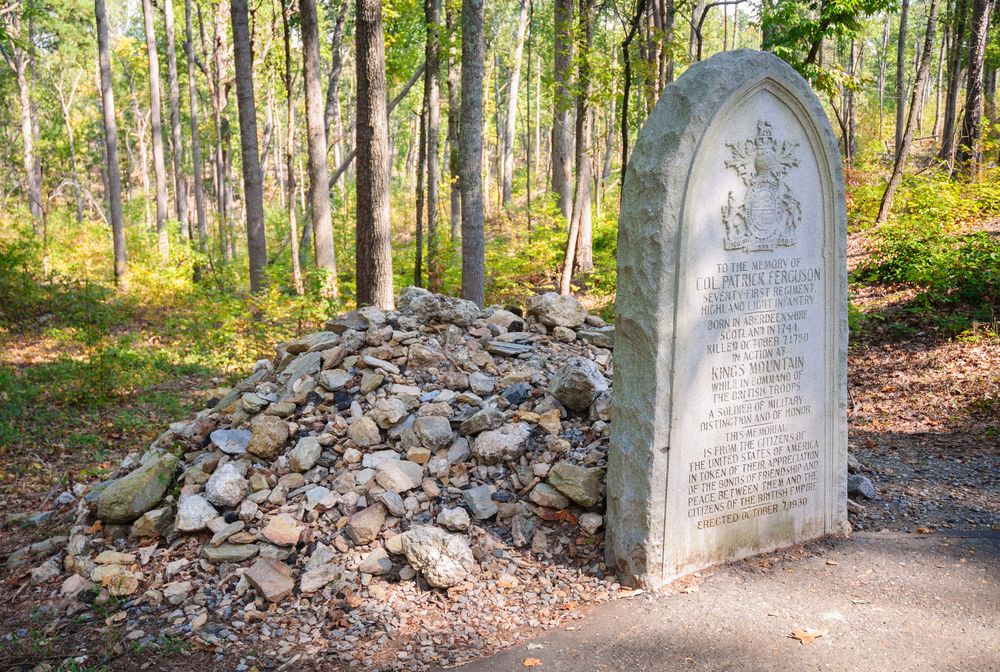Kings Mountain National Military Park preserves the site of an important American victory during the Revolutionary War near Blacksburg, South Carolina in October 1780. The park is located along the North Carolina / South Carolina border. Thomas Jefferson considered the Battle of Kings Mountain the “turn of the tide of success”.



Where is Kings Mountain?
Kings Mountain is a small city located in the foothills of the Blue Ridge Mountains in North Carolina. It’s situated in Cleveland County, with a small portion extending into Gaston County2. The city is part of the Charlotte metropolitan area and is located about 30 miles west of Charlotte along Interstate 85.
Who won the Battle of Kings Mountain?
The Battle of Kings Mountain, fought on October 7, 1780, was a decisive victory for the American Patriot militia. The Patriots, led by commanders such as William Campbell, John Sevier, and Isaac Shelby, defeated the Loyalist militia commanded by British Major Patrick Ferguson1. This battle was significant because it was one of the few in the American Revolutionary War fought entirely between Americans, and it boosted Patriot morale while disrupting British plans in the Southern colonies.
What happened at the Battle of Kings Mountain?
The Battle of Kings Mountain took place on October 7, 1780, during the American Revolutionary War. Here’s a summary of what happened:
Location: The battle occurred on Kings Mountain, a rocky, wooded ridge near the border between North and South Carolina.
Patriot Forces: The Patriot militia, consisting of about 900 men from the Overmountain settlements (modern-day Tennessee and Kentucky), was led by commanders such as William Campbell, John Sevier, and Isaac Shelby.
Loyalist Forces: The Loyalist militia, commanded by British Major Patrick Ferguson, consisted of around 1,105 men. Ferguson had been tasked with recruiting Loyalists in the region and protecting the flank of British General Charles Cornwallis’s main force.
Surprise Attack: The Patriot militia launched a surprise attack on the Loyalists, who were not prepared for battle. The Patriots surrounded the mountain, making it difficult for the Loyalists to escape or receive reinforcements.
Intense Fighting: The battle was fierce and lasted about an hour. The Patriots used guerrilla tactics, taking advantage of the rough terrain to close in on the Loyalists.
Death of Ferguson: Major Patrick Ferguson was fatally shot during the battle, which led to a collapse in the Loyalist morale. His death was a significant turning point in the battle.
Surrender: With Ferguson dead and their forces overwhelmed, the Loyalists eventually surrendered. The Patriots captured around 668 Loyalist soldiers, while suffering fewer casualties themselves.
After the Battle of Kings Mountain, several significant events unfolded:
Prisoners: The Loyalist soldiers were paroled and sent on a long march back to Patriot territory. Many were wounded and had to be cared for by local people along the way.
Impact on British Strategy: The defeat at Kings Mountain was a major setback for the British. It disrupted their plans to recruit Loyalists in the Southern colonies and weakened their control over the region.
Boost to Patriot Morale: The victory at Kings Mountain was a morale booster for the Patriot cause. It demonstrated that the Patriot militia could defeat British forces and inspired further resistance in the Southern colonies.
Path to Yorktown: The success at Kings Mountain was part of a series of Patriot victories that eventually led to the British surrender at Yorktown in 1781, effectively ending the Revolutionary War.
Antietam National Battlefield
Cowpens National Battlefield
Fort Donelson National Battlefield
Fort Necessity National Battlefield
Kennesaw Mountain National Battlefield
Manassas National Battlefield
Monocacy National Battlefield
Petersburg National Battlefield
Richmond National Battlefield
Stones River National Battlefield
National Military Parks
Chickamauga and Chattanooga National Military Park
Fredericksburg and Spotsylvania National Military Park
Gettysburg National Military Park
Kings Mountain National Military Park
Shiloh National Military Park
Vicksburg National Military Park
